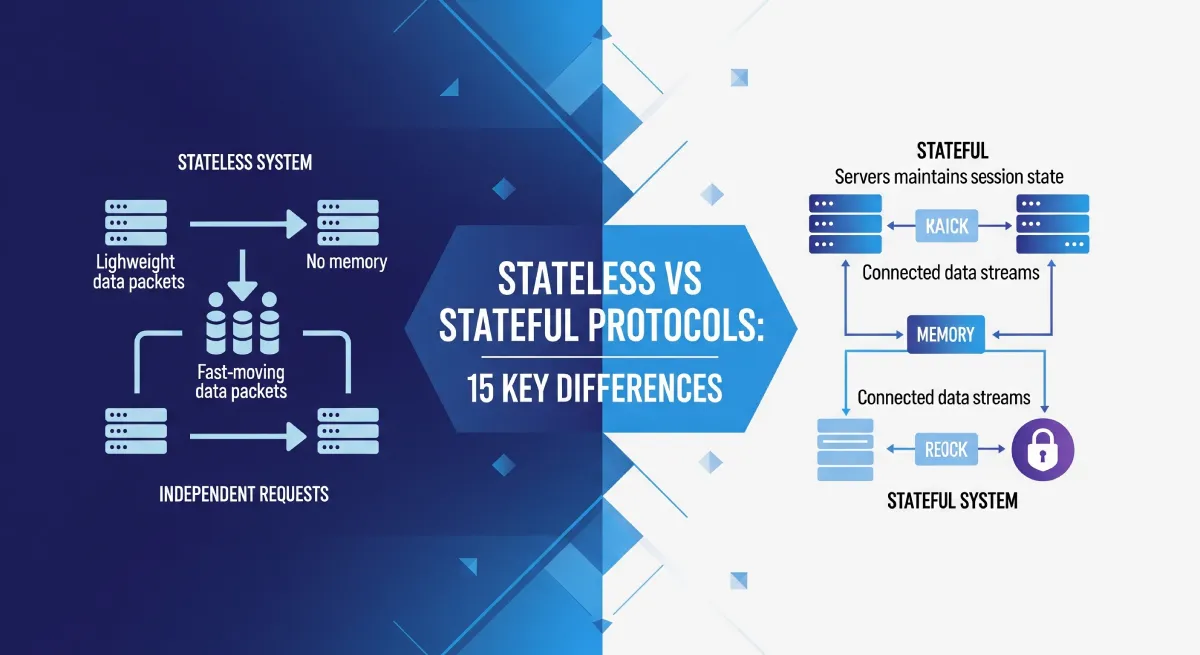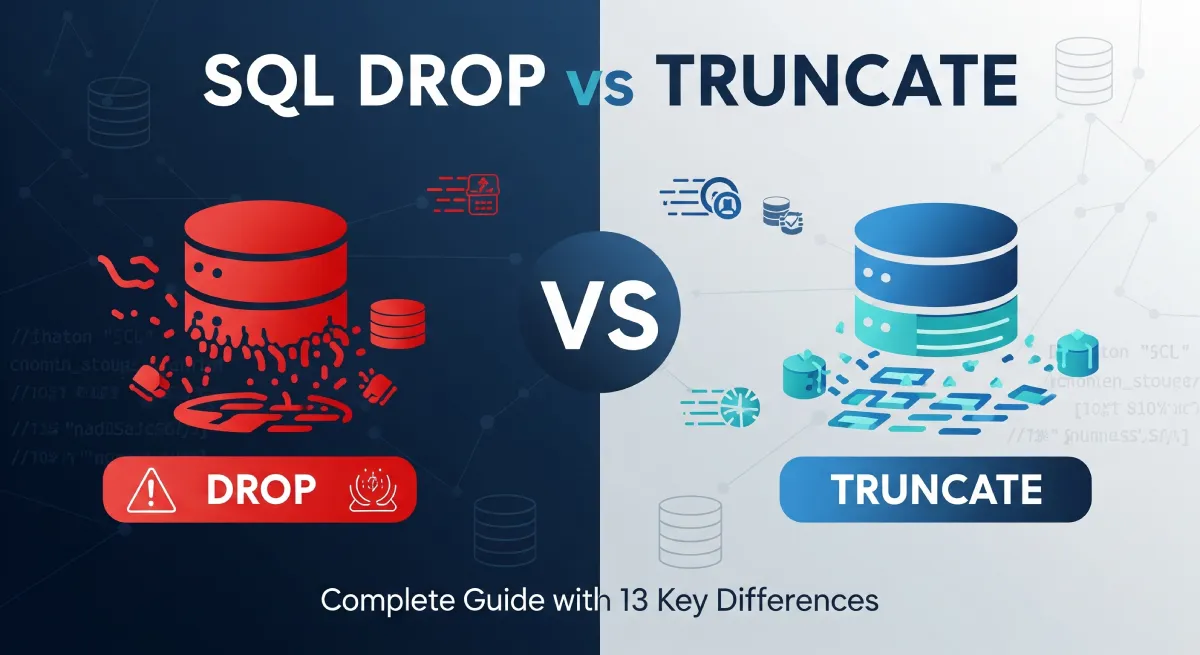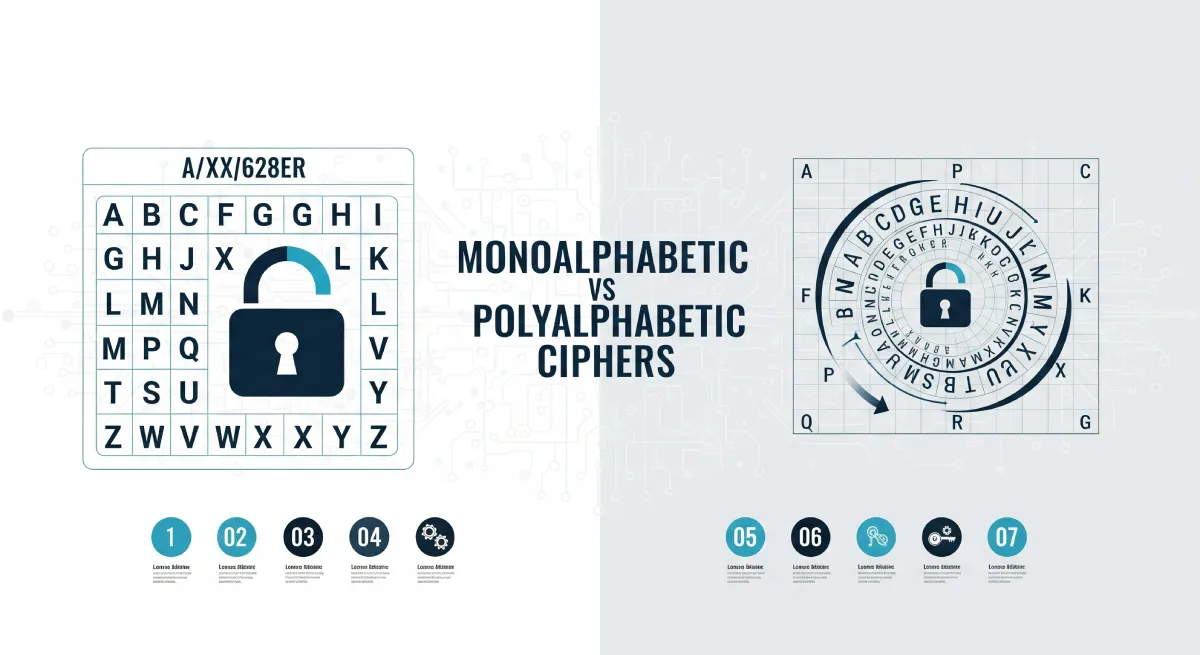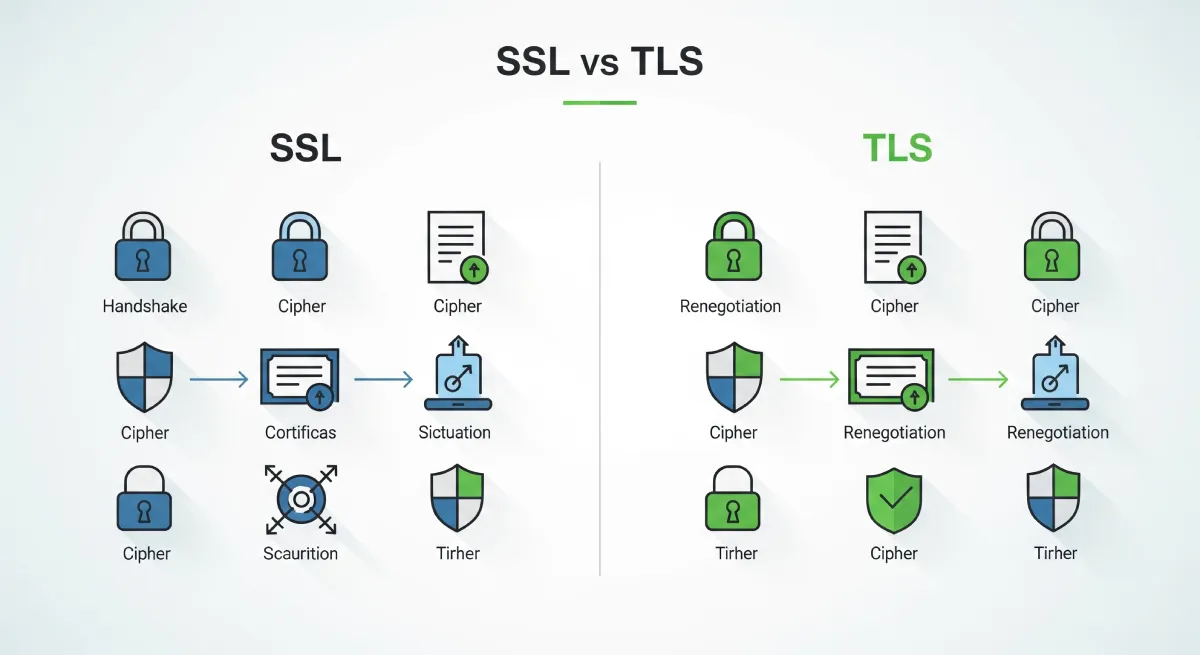Understanding IAAS, PAAS, and SAAS
Infrastructure as a Service (IAAS), Platform as a Service (PAAS), and Software as a Service (SAAS) are different cloud computing service models that offer varying levels of control, flexibility, and management to users.
IAAS: Infrastructure as a Service
IAAS provides virtualized computing resources over the internet. Users can rent servers, storage, and networking components on a pay-as-you-go basis.
Example:
Amazon Web Services (AWS), Microsoft Azure
Code Snippet:
// Create a virtual machine on AWS using CLI
aws ec2 run-instances --image-id ami-123456 --count 1 --instance-type t2.micro --key-name MyKeyPair
Advantages of IAAS:
- Scalability and flexibility
- Control over infrastructure
- Pay-as-you-go pricing
Disadvantages of IAAS:
- Requires more management and technical expertise
- Higher costs compared to PAAS or SAAS
Technical Characteristics of IAAS:
- Virtualization
- On-demand resources
- Network connectivity
Use Cases and Applications of IAAS:
- Hosting websites and applications
- Big data processing
- Disaster recovery solutions
PAAS: Platform as a Service
PAAS provides a platform allowing developers to build, deploy, and manage applications without worrying about underlying infrastructure.
Example:
Google App Engine, Heroku
Code Snippet:
// Deploy an application on Google App Engine
gcloud app deploy
Advantages of PAAS:
- Faster development and deployment
- Automated scaling
- Reduced management overhead
Disadvantages of PAAS:
- Less control over infrastructure
- Vendor lock-in potential
Technical Characteristics of PAAS:
- Development frameworks and tools
- Application scaling capabilities
- Automated deployment and management
Use Cases and Applications of PAAS:
- Web application development
- API development and deployment
- Mobile app development
SAAS: Software as a Service
SAAS delivers software applications over the internet on a subscription basis. Users can access these applications through a web browser without needing to install or maintain the software.
Example:
Salesforce, Microsoft 365
Advantages of SAAS:
- Lower upfront costs
- Automatic updates and maintenance
- Accessibility from anywhere
Disadvantages of SAAS:
- Dependence on internet connectivity
- Data security concerns
Technical Characteristics of SAAS:
- Multi-tenancy architecture
- Web-based access
- Automatic updates
Use Cases and Applications of SAAS:
- Customer relationship management (CRM)
- Accounting and finance software
- Email and collaboration tools
Key Differences: IaaS vs PaaS vs SaaS
| IaaS | PaaS | SaaS |
|---|---|---|
| Infrastructure level service where users manage virtualized resources | Platform level service where developers can build, deploy, and manage applications | Software level service where users access applications via the internet |
| Offers flexibility to configure and manage the infrastructure components | Abstracts infrastructure management and focuses on application development | Users have no control over the application features or underlying infrastructure |
| Requires expertise in managing servers, storage, and networking | Requires knowledge of application development and deployment platforms | Users only need to use the software without any management responsibilities |
| Scalable infrastructure based on user requirements | Scalable application development environment with built-in scalability features | Scalability is handled by the service provider, users scale by subscription |
| Users are responsible for security at the infrastructure level | Shared responsibility for security between the provider and the user | Service provider manages application security and data protection |
| High level of customization and control over infrastructure components | Less customization options as the platform abstracts lower-level functions | Limited customization, users interact with the software as-is |
| Users need to manage backups, disaster recovery, and system maintenance | Automated backups, system maintenance handled by the platform provider | Service provider ensures data backups, system updates, and availability |
| Unrestricted choice of software and tools to build and manage infrastructure | Restricted to tools and services provided by the platform for application development | Users have access to the application features provided by the service |
| Pay-as-you-go pricing model based on usage of virtualized resources | Usage-based pricing for platform services and application resources | Subscription-based pricing for software access and usage |
| Best suited for experienced IT teams or businesses with specific infrastructure needs | Ideal for developers looking to focus on application development without managing infrastructure | Great for end-users who want quick access to software without installation or maintenance |
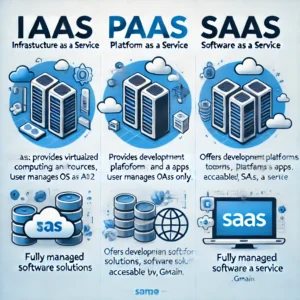
Frequently Asked Questions
What is the main difference between IAAS, PAAS, and SAAS?
Infrastructure as a Service (IAAS) provides virtualized computing resources over the internet, Platform as a Service (PAAS) offers a platform allowing developers to build and deploy applications, and Software as a Service (SAAS) delivers software applications over the internet. The key distinction is the level of service and control each model offers to users.
How does IAAS differ from PAAS and SAAS in terms of control?
In IAAS, users have more control over the underlying infrastructure, including servers, storage, and networking components. PAAS abstracts the infrastructure layer, providing a platform for application development, while SAAS offers fully managed applications with minimal control over the underlying infrastructure.
Which cloud service model is best suited for developers?
PAAS is generally considered the most developer-friendly model as it provides a complete platform for building, testing, and deploying applications without the need to manage underlying infrastructure. Developers can focus on coding and application logic rather than infrastructure concerns.
How do IAAS, PAAS, and SAAS differ in terms of scalability?
IAAS offers flexible scalability by allowing users to adjust resources like virtual machines and storage on-demand. PAAS also provides scalability but focuses more on application scalability rather than infrastructure scaling. SAAS applications are typically designed to scale automatically based on user demand without user intervention.Which cloud service model is most cost-effective for businesses?
The cost-effectiveness of IAAS, PAAS, and SAAS depends on factors such as the organization’s size, IT expertise, and specific requirements. In general, SAAS is often the most cost-effective option as it eliminates the need for infrastructure management and maintenance, while IAAS can offer cost savings for organizations with existing IT capabilities looking for more control.
Conclusion
In conclusion, understanding the distinctions between Infrastructure as a Service (IaaS), Platform as a Service (PaaS), and Software as a Service (SaaS) is essential for making informed decisions when selecting cloud computing services. IaaS offers raw computing resources, PaaS provides a platform for developing applications, and SaaS delivers software applications over the internet.
When choosing between these models, consider factors such as scalability requirements, level of control desired, development complexity, and operational overhead. For organizations seeking flexibility and control over their infrastructure, IaaS may be the best option. PaaS is ideal for companies focused on application development and deployment without managing the underlying infrastructure. SaaS is suitable for businesses looking for ready-to-use software solutions without the need for maintenance or upgrades.
Ultimately, the decision should be based on the specific needs and goals of your organization. By carefully evaluating these key differences and considering the decision-making criteria outlined, you can confidently select the most suitable cloud computing model to support your business objectives.
